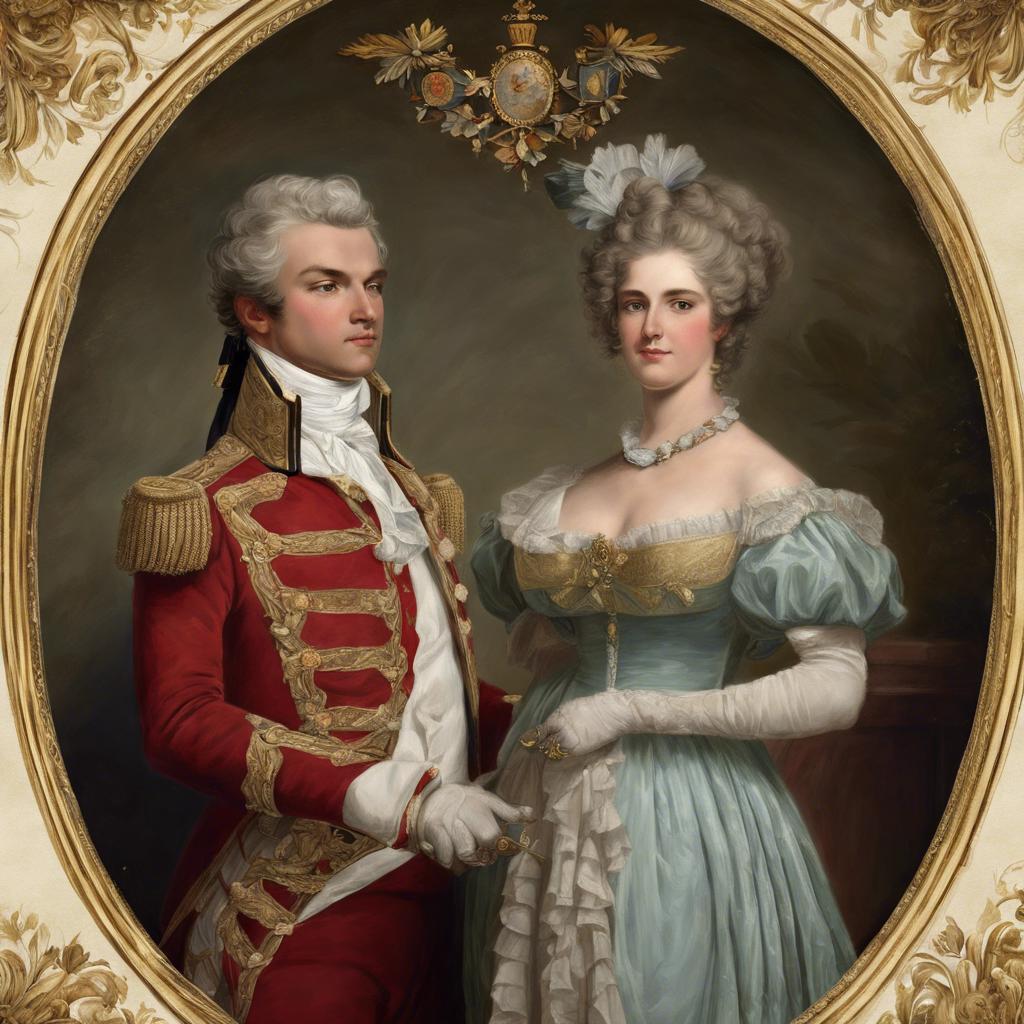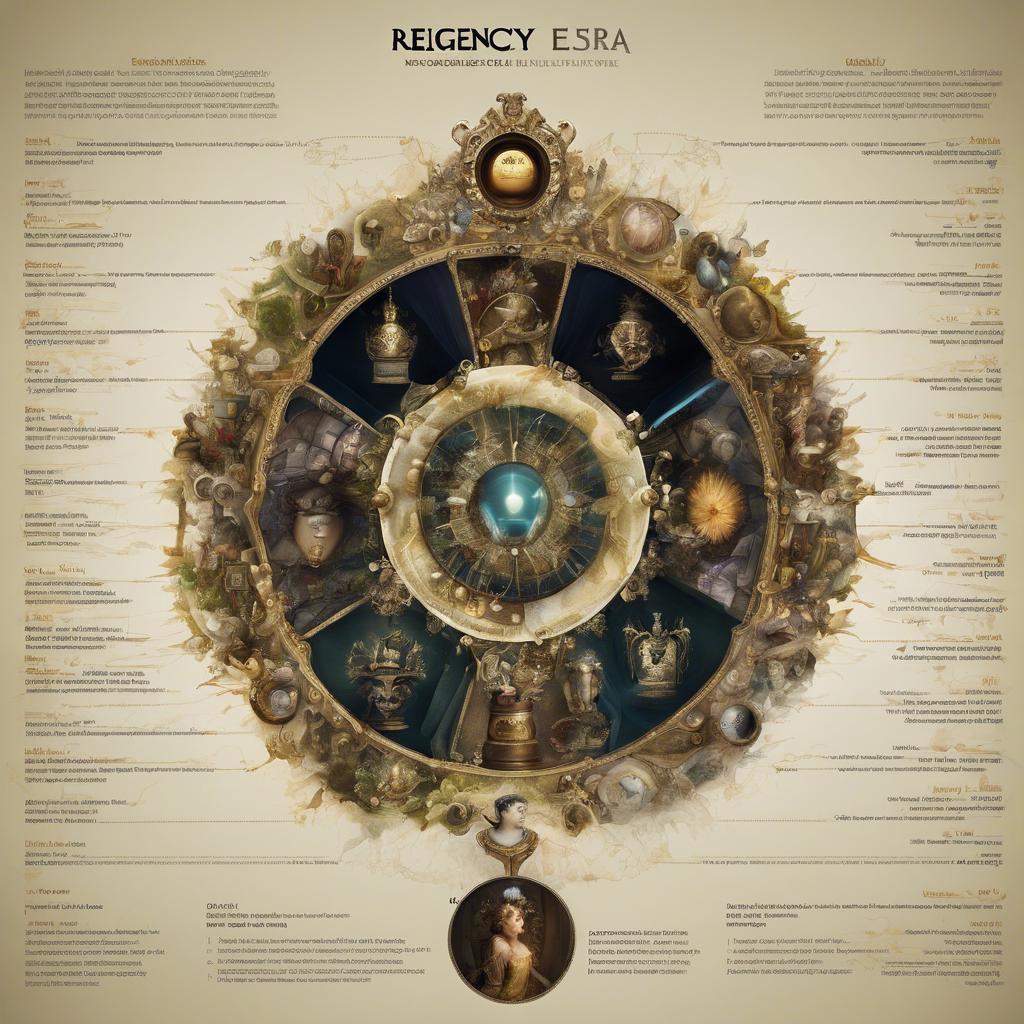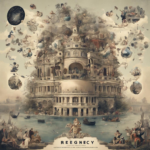During the Regency era, the British nobility hierarchy played a significant role in shaping society and politics. From dukes and earls to viscounts and barons, each rank carried a distinct level of prestige and privilege. Understanding the nuances of these titles is essential for comprehending the complexities of the era. In this article, we will delve into the intricacies of Regency era nobility ranks and their implications on the social fabric of the time.
Step Into the World of Cheryl Bolen
Dive into the enchanting stories of love, intrigue, and elegance set in the Regency Era. Cheryl Bolen's novels offer timeless romance and captivating tales that will leave you wanting more.
Explore Cheryl Bolen's Books Now
Regency Era Nobility Ranks Explained
In the Regency Era, the nobility ranks were an essential part of the social hierarchy in England. Understanding these ranks is crucial to grasp the dynamics of the time period. Here is a breakdown of the different noble titles:
- Duke/Duchess: The highest rank of nobility, a Duke or Duchess often owned vast estates and held significant power and influence.
- Marquess/Marchioness: The title below Duke/Duchess, Marquesses were responsible for governing their territories and managing their estates.
- Earl/Countess: Earls were powerful landowners, overseeing their estates and serving as local administrators.
Below the ranks of Duke, Marquess, and Earl were the Viscount and Baron. Viscounts were often appointed as deputies by higher-ranking nobles, handling various administrative tasks. Barons were landowners with influence in their local communities, though they held less power than higher-ranking nobles.
| Title | Description |
|---|---|
| Viscount/Viscountess | Deputies appointed by higher-ranking nobles |
| Baron/Baroness | Local landowners with influence in their communities |
Understanding the Hierarchy of Regency Era Society
In Regency Era society, the hierarchy was rigidly defined, with individuals being categorized into different ranks based on their nobility and social status. At the top of the hierarchy were the titled nobility, followed by the gentry, and then the commoners. Understanding these ranks is crucial to gaining insight into the social structure of the time.
The titled nobility held the highest positions in society and were often referred to as peers. This elite group included dukes, marquesses, earls, viscounts, and barons. They were distinguished by their titles and inherited their positions through noble lineage. Titled nobility enjoyed privileges such as voting rights in the House of Lords and the ability to sit on juries.
Below the titled nobility were the gentry, who were often landowners and held significant wealth and influence. The gentry consisted of knights, esquires, and gentlemen, who were considered to be of a lower rank than the titled nobility but higher than commoners. Members of the gentry were typically granted the title of “Sir” or ”Esquire” based on their social standing.
Key Roles and Responsibilities of Different Nobility Ranks
In the Regency Era, different ranks of nobility held key roles and responsibilities within society. Each rank had distinct duties and privileges that set them apart from one another.
The Duke: Dukes were considered the highest-ranking nobility below royalty. Their responsibilities included overseeing large estates, holding important titles, and representing the monarch when necessary.
The Viscount: Viscounts held a lower rank than dukes but were still considered prominent members of society. They often served as advisors to higher-ranking nobility and were responsible for managing smaller estates.
Tips for Researching and Understanding Regency Era Nobility Ranks
In the Regency Era, understanding the intricate ranks of nobility can be a daunting task. To help you navigate this complex hierarchy, here are some valuable tips for researching and grasping the nuances of nobility ranks during this fascinating period in history.
:
1. Familiarize Yourself with the Titles:
- Dive into the world of Dukes, Earls, Viscounts, and Barons to understand the different levels of nobility. Research the privileges and responsibilities associated with each title to gain a comprehensive understanding of their societal standing.
2. Study the Order of Precedence:
- Explore the intricate order of precedence within the nobility ranks to understand who outranks whom in social settings and official ceremonies. Delve into the rules governing who takes precedence in seating, processionals, and other formal occasions.
3. Examine the Hereditary Aspects:
- Delve into the hereditary nature of nobility titles to grasp how they are passed down through generations. Research the rules of inheritance and succession to appreciate the significance of lineage in determining one’s place within the nobility hierarchy.
| Title | Description |
|---|---|
| Duke | The highest-ranking title below the monarch. |
| Earl | Ranks below a Duke and above a Viscount. |
| Baron | The lowest-ranking title in the nobility hierarchy. |
To Conclude
the regency era was a time of great pomp and circumstance for the nobility, with strict social hierarchies and intricate ranks governing every aspect of their lives. Understanding these ranks is crucial to comprehending the complexities of this fascinating period in history. From dukes to barons, each title held its own privileges and responsibilities, shaping the very fabric of society. By delving into the world of regency era nobility ranks, we gain insight into the customs, traditions, and power structures that defined this remarkable era of British history. By studying these ranks, we can better understand the intricate social dynamics that shaped the regency era, and appreciate the enduring legacy of this vibrant and affluent period.


